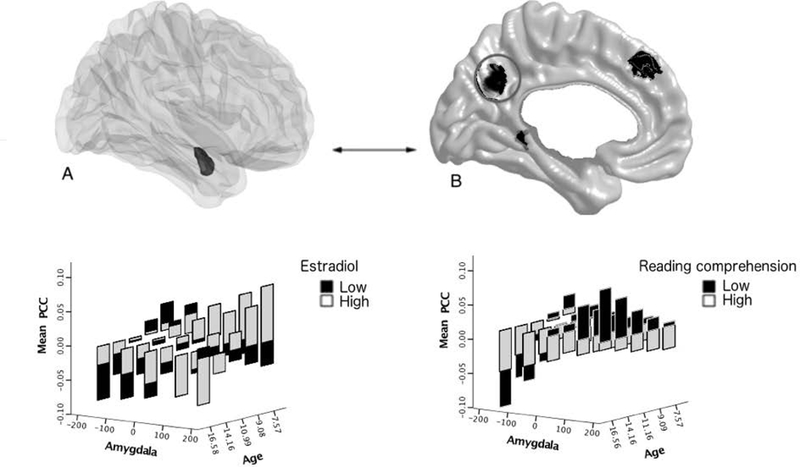FIGURE 3. Age-related associations between estradiol, amygdala-posterior cingulate structural covariance and reading comprehension.

Brain figures A (the amygdala is displayed in the dark shaded region) and B (cortical regions of interest are displayed in dark shaded regions) show the brain regions involved in the significant ‘Estradiol*Amygdala*Age’ interaction, with a focus in this figure on the left posterior cingulate cortex. Similar to Figure 2, modifications were made to the data in order to visualize the interactions between estradiol, age, cortico-amygdalar covariance and cognition (see Figure 2 caption for more details). The graph shown in the lower left panel shows the age-specific relationship between estradiol and amygdala-posterior cingulate structural covariance. Amygdala-cingulate covariance switched from a positive to a negative relationship with age (from younger to older children). Higher estradiol levels enhanced this age effect in younger children, such that there was an increase in positive covariance, and diminished this effect in older children, with a decrease in negative covariance. The graph shown in the lower right panel shows the age-specific relationship between estradiol-related amygdala-posterior cingulate covariance and reading comprehension. The amygdala-cingulate covariance related to higher estradiol levels was associated with higher reading comprehension scores in older children, but this effect was reversed in younger children.
